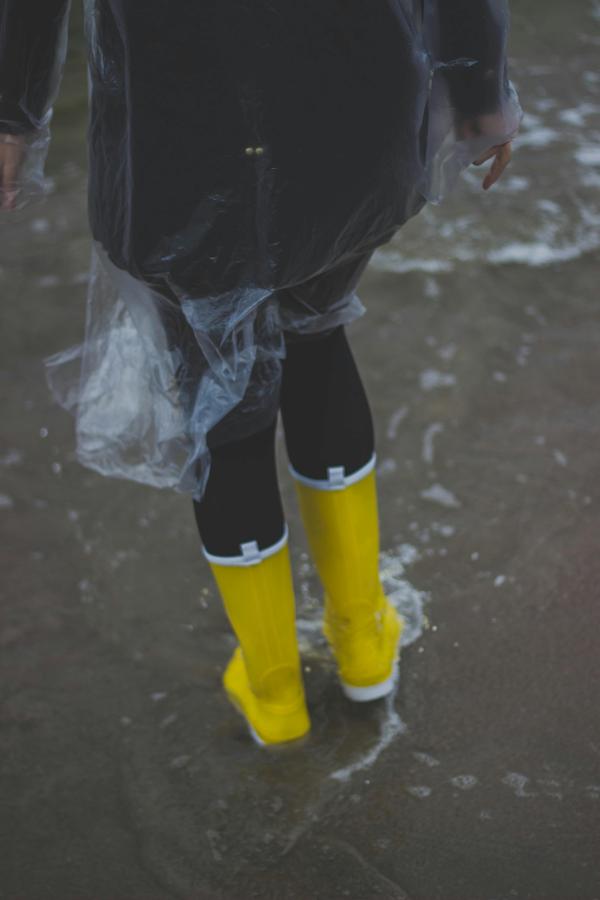Between Friday, 13 and Monday, 16 September 2024, a low-pressure system named Boris brought record-breaking rainfall to central Europe, leading to severe flooding in parts of Austria, Czechia, Slovakia, Poland, Romania, and Hungary. The flooding caused widespread damage and disruption, with costs estimated in the billions of euros. Sadly, the loss of 27 lives was reported.
Vienna, Austria, however, experienced only mild impacts thanks to its extensive preparation for flooding. The city's sophisticated flood management system, developed over decades, is credited with saving lives and minimizing damage. Vienna’s approach provides valuable insights for other regions facing increasing flood risks.

Preparedness Saves Lives: What We Can Learn from Vienna
1. A Decades-Long Commitment to Infrastructure
Vienna’s flood protection efforts began in the 1970s with the construction of the Danube Island, a 21-kilometer-long artificial island designed as part of an extensive flood defense system. This project created a secondary channel, the New Danube, which can absorb excess water during extreme weather events. When Storm Boris hit, this infrastructure effectively diverted floodwaters away from critical areas, preventing large-scale devastation. Investing in long-term flood defense measures is key to resilience.
2. Advanced Forecasting and Early Warning Systems
Timely information is critical when dealing with extreme weather. Vienna benefits from a highly advanced hydrological monitoring system that integrates real-time data on river levels, rainfall, and soil saturation. Authorities can predict rising water levels days in advance, allowing them to take proactive measures such as closing flood barriers and evacuating vulnerable areas. Storm Boris put this system to the test—and it worked, giving residents and emergency services ample time to prepare.
This demonstrates that we can take action before a flood begins. Something we are also striving for with FIER.
3. Awareness and Preparedness
Infrastructure alone is not enough. Vienna has also invested in public education and emergency preparedness of firefighters and military. Regular flood drills and among others clear evacuation plans ensure that emergency responders know how to respond in case of an emergency. During Storm Boris, this awareness paid off.

Building Resilience: How Vienna Sets the Standard for Flood Preparedness
This inspiring example demonstrates that a comprehensive approach with multiple methods of protection is necessary to reduce the impact of climate-related floods. That is why the FIER project is based on the Multi-Layered Safety (MLS) approach, based on four layers, visible in the image on the right. FIER primarily focuses on the least developed layers, the third and fourth: Emergency response and Resilient recovery. This establishes the basis for effective crisis management by adhering to our FIER framework: Prepare, Respond, Recover.
Vienna’s example serves as a powerful reminder: the time to prepare is now
